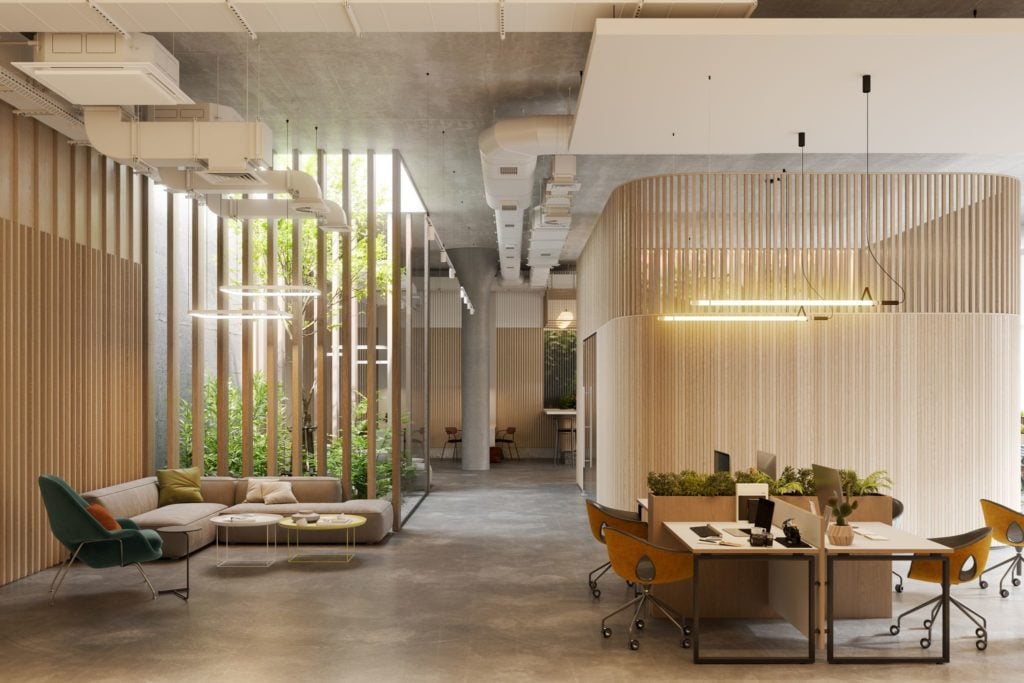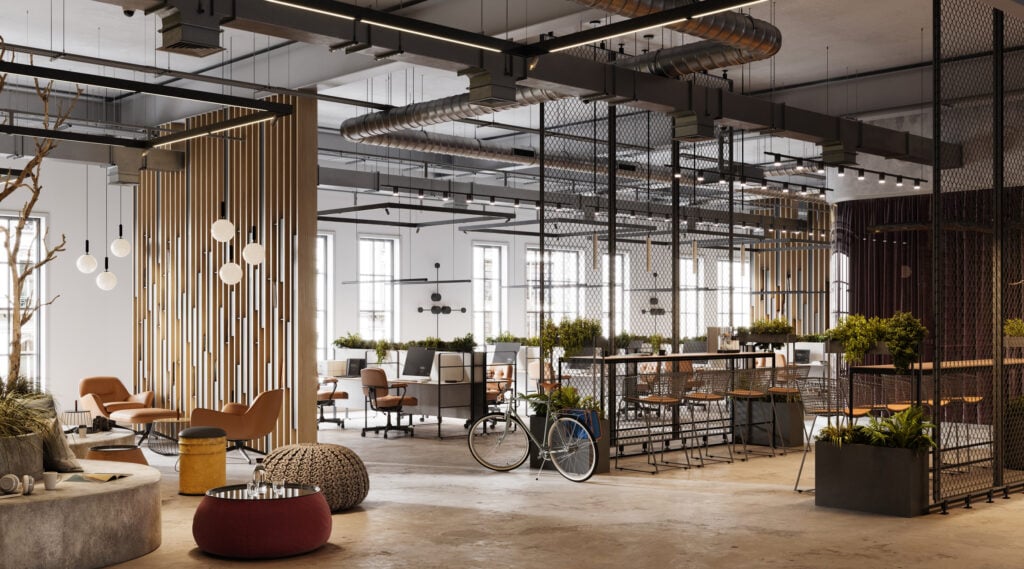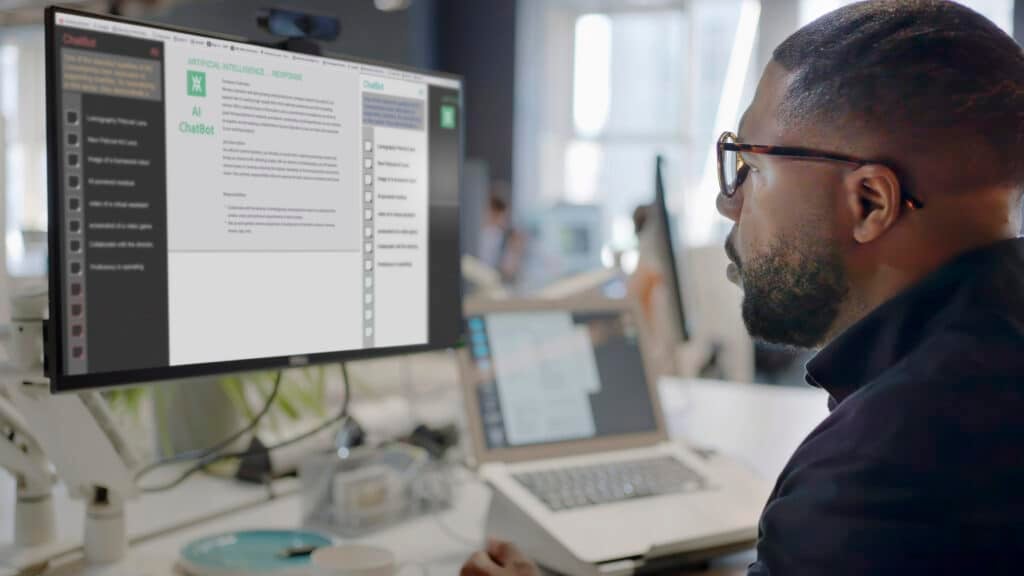In the business world, it is commonly believed that hiring top-tier employees and allowing them to work independently is the key to success. However, despite a manager’s best efforts, a star candidate may decline a job offer in favour of another role.
While factors such as salary, working hours, travel distance, and benefits play a significant role in an employee’s decision to accept or reject a job, the importance of good office design is often overlooked by many companies.
Although many companies employ designers to create their office interiors, most designs prioritise the needs of the company over those of the staff. In the past, offices were typically composed of partitioned workstations, bland meeting rooms, a moderately equipped kitchenette and a functional reception area – this was generally accepted by employees.
However, as the world continues to evolve, employees hear from colleagues and friends about the fantastic offices in which they work. They see companies such as Apple or Google, which prioritise the well-being of their staff and treat them as people rather than mere workers. At times, being treated like a human being may be more appealing than a slightly higher salary.

Secondly, good acoustic design!
Open-plan offices can be excellent places to work, but if acoustics are not taken into account, then even a beautiful workspace may still be an uncomfortable place to work. For instance, if you’re on the phone and a colleague is speaking loudly, you must raise your voice to be heard. This can make working in a loud environment uncomfortable and stressful.
Thirdly, lighting.
Many offices use cool, bright lights to uniformly light their workspaces but this can create a sterile environment. Most office workers use computers, so not all areas of the office require bright lighting. Dimmable lights, task lights on desks and warmer lighting in less formal areas can provide a more comfortable and desirable environment. By the time the clock hits 4PM, not every employee still wants bright lights blazing away – give them the option to change it.
Finally, providing a range of different workspaces can help employees find the most suitable workspace for their current task. Breakout areas are ideal for informal meetings or collaboration, while quiet booths can allow a loud employee to take a phone call without distracting others. Depending on the nature of the work, installing different work points and allowing employees to move around can induce a more productive and less stressful experience for your employees.
Of course these are all suggestions which will take considerate planning, but taking these steps will undoubtedly show your employees that the company cares.
By considering these factors when designing an office, companies can create an environment that is appealing to their employees, which can lead to a more productive and satisfied workforce.










